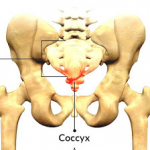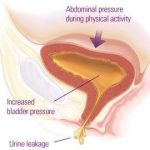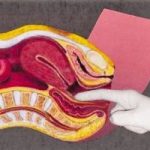
How Can Pelvic Floor Physical Therapy Help with Bladder Control?
Pregnancy changes a woman’s body in many ways she can’t anticipate. The release of pregnancy hormones can make it even more difficult for women to exert bowel and bladder control leading to urinary or other types of incontinence.
To avoid this urinary “inconvenience”, doctors may prescribe pelvic floor physical therapy. This practice is designed to help women strengthen the pelvic floor either during or after pregnancy. That said, women who are not pregnant but who experience even occasional leaks or have difficulty holding back gas also find pelvic floor therapy helpful.






